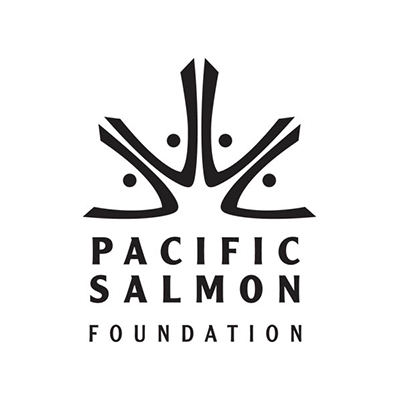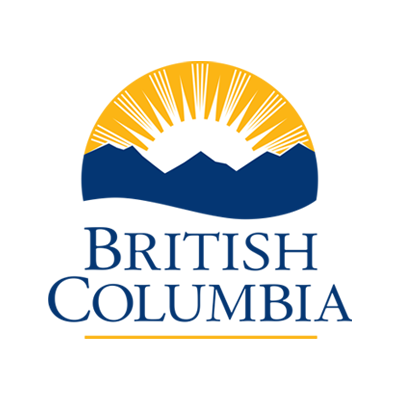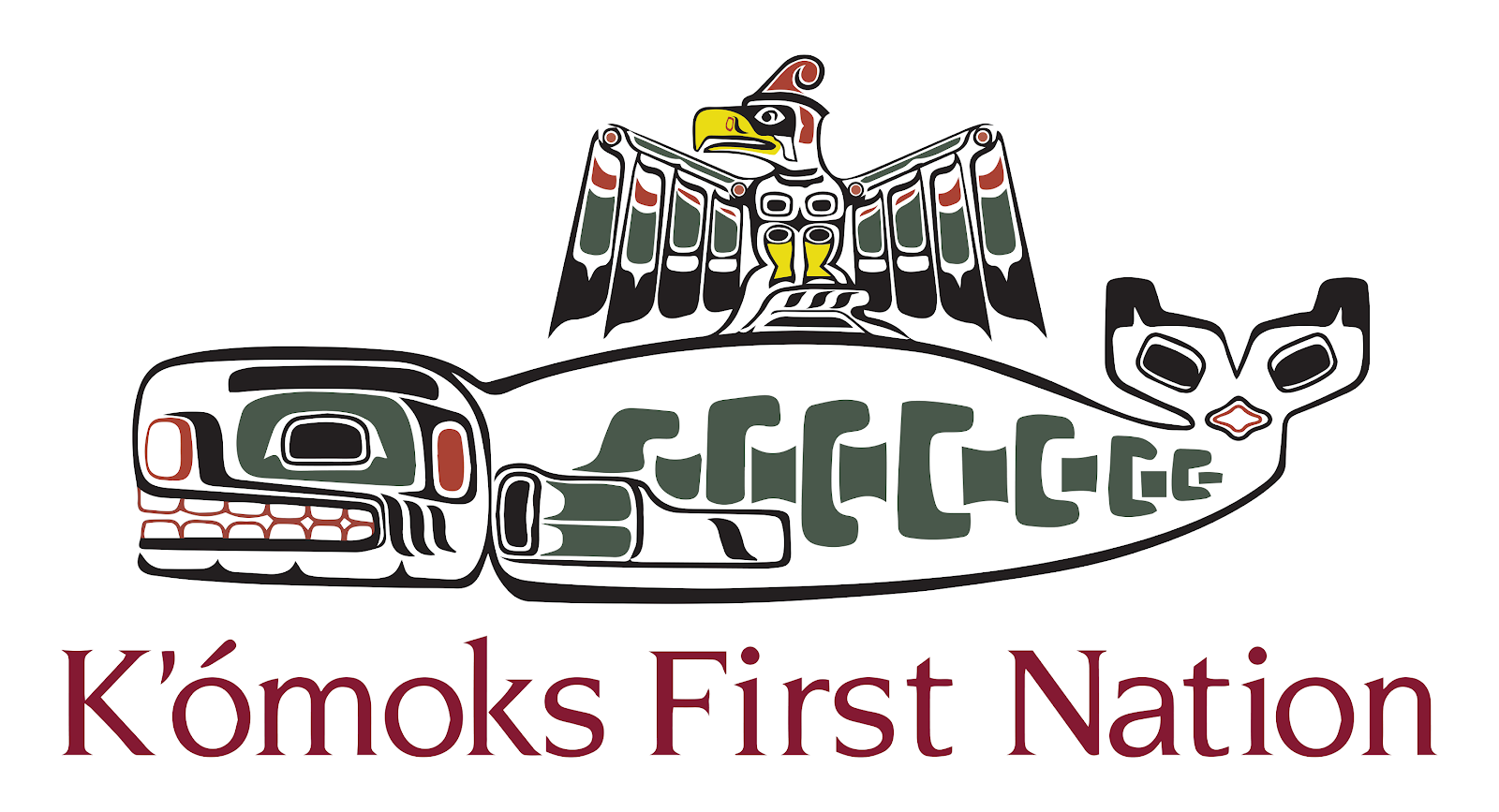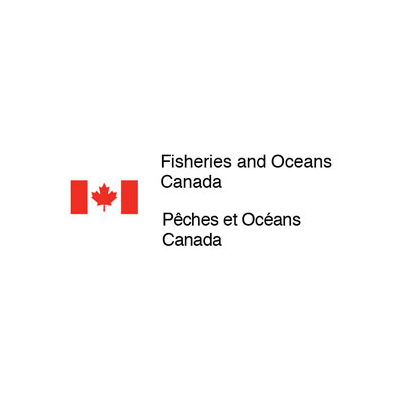Coastal Forage Fish Network
Collect, Collaborate, Conserve
The Coastal Forage Fish Network (CFFN) is a network of environmental NGOs, Community groups, and First Nations working across our coast to document forage fish presence and better understand their populations and habitat in the region.
Photo by Jeff K. Reynolds
CFFN’s Mission
The CFFN’s mission is to facilitate collaboration between individual groups working on forage fish to determine where best to focus efforts, resources, and research to address data gaps in order to better inform management and regulatory decisions.
The network’s vision is thriving stable forage fish populations that can sustain the predators that rely upon them and contribute to a healthy marine food web within the coastal waters of BC.
CFFN Members
Comox Valley Project Watershed
Friends of Semiahmoo Bay Society
Peninsula Streams Society
Loon Foundation – Pender Harbor Ocean Discovery Station
Mount Arrowsmith Biosphere Region Research Institute
Redd Fish Restoration Society
Sunshine Coast Friends of Forage Fish
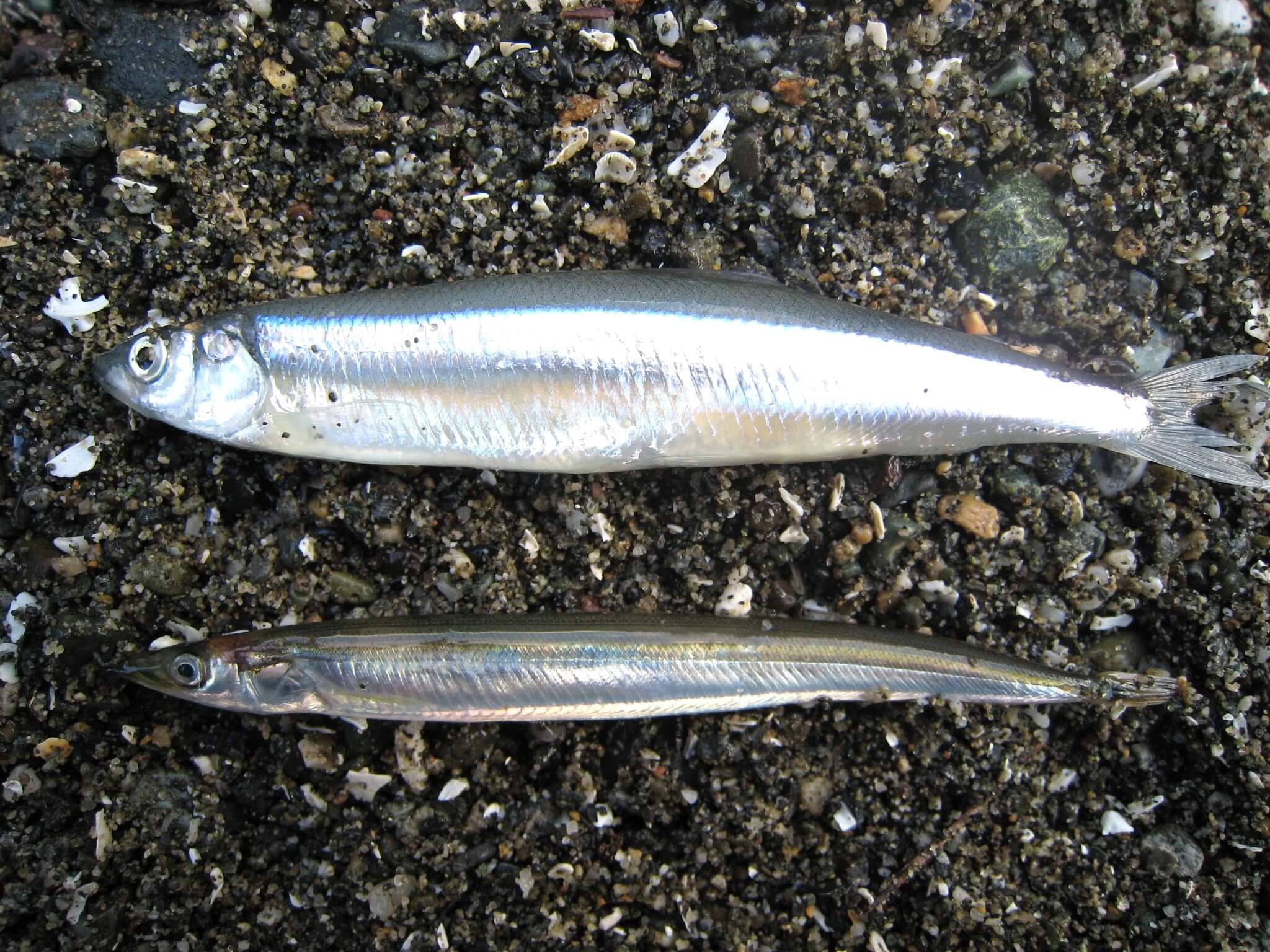
Surf Smelt (top) and Pacific Sand Lance (bottom). Photo by K. Perry.
CFFN History
Biologist Ramona de Graaf led early efforts to train volunteers and community scientists throughout the Canadian Salish Sea to monitor their local beaches for beach spawning as well as to assess the integrity of the beach habitat. Since then a flourish of grass roots organizations, individuals, and non-profits have been visiting the beaches in their own backyards to look for beach spawning forage fish eggs like those of Pacific sand lance and surf smelt. More recently WWF-Canada and the Pacific Salmon Foundation provided support for groups doing this work and place for to store all this data so it can become publicly available. In 2017 the Mount Arrowsmith Biosphere Region Research Institiute (MABRRI), based out of Vancouver Island University (VIU), refined the original methodologies used for assessing forage fish intertidal beach spawning and developed a program to train and support citizen scientists. In 2022 the informal network of groups across the Salish Sea came together to formally create the BC Forage Fish Monitoring Network, and in 2023 there was a vote to rename to the Coastal Forage Fish Network so as to capture all the work the Network members were conducting.
Importance of Forage Fish
Forage fish, often referred to as prey fish or bait fish are small species, often fish, but not always, that tend to school together and are a main food source for larger predators. They form a critical link in the ocean food web providing energy transfer through the trophic levels by eating plankton, and then becoming food themselves for a multitude of other predators.
Some key forage species include Pacific herring, surf smelt, Pacific anchovy, eulachon (also spelled oolichan or ooligan), Pacific sand lance, and Pacific capelin. Krill and squid can be considered forage species, and so can juvenile stages of larger fish like salmon and walleye pollock. These species or life stages are united by their position in the food web providing energy to middle and top predators.


